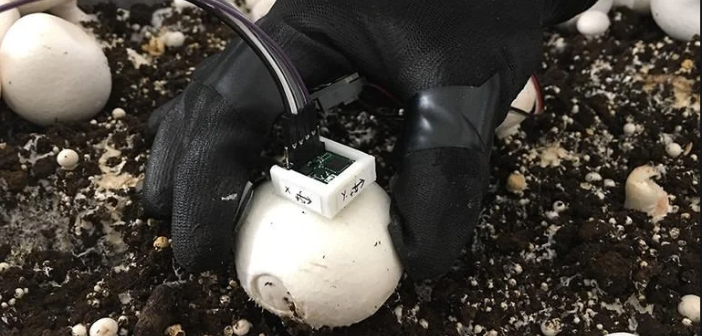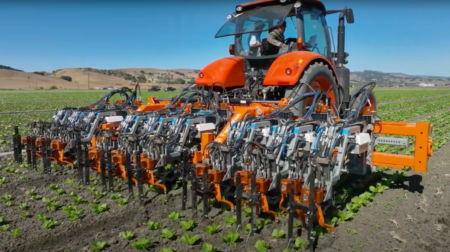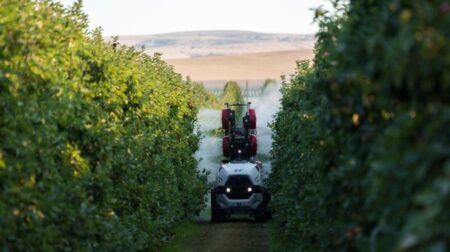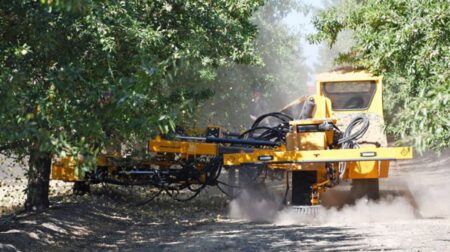Engineers from Pennsylvania State University have developed a prototype robotic device for mushroom picking and trimming, in a bid to assist with rising labour costs and labour shortages.
The team at Penn State have demonstrated the systems effectiveness for the automated harvesting of button mushrooms. As part of the study, the machine vision powered prototype both picked and trimmed mushrooms growing on a shelf system.
According to the researchers, developing the system was a complex endeavour. They designed the robotic mushroom picker to include an end-effector based on a bending motion, four-degree-of-freedom positioning end-effector for moving the picking end-effector, a mushroom stipe-trimming end-effector, and an electro-pneumatic control system.
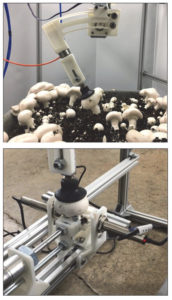
They fabricated a laboratory-scale prototype to validate the performance of the mechanism. It features a suction cup mechanism to latch onto mushrooms and conducted bruise tests on the mushroom caps to analyse the influence of air pressure and acting time of the suction cup.
The test results, recently published in Transactions of the American Society of Agricultural and Biological Engineers, showed that the picking end-effector was successfully positioned to the target locations and its success rate was 90% at first pick, increasing to 94.2% after second pick.
Furthermore, the trimming end-effector achieved a success rate of 97% overall. The bruise tests indicated that the air pressure was the main factor affecting the bruise level, compared to the suction-cup acting time, and an optimised suction cup may help to alleviate the bruise damage, the researchers noted.
The team added its laboratory test results indicated that the developed picking mechanism has potential to be implemented in automatic mushroom harvesting.
Lead author Long He, assistant professor of agricultural and biological engineering, added: “The mushroom industry in Pennsylvania is producing about two-thirds of the mushrooms grown nationwide, and the growers here are having a difficult time finding labourers to handle the harvesting, which is a very labour intensive and difficult job.
“The industry is facing some challenges, so an automated system for harvesting like the one we are working on would be a big help.”

